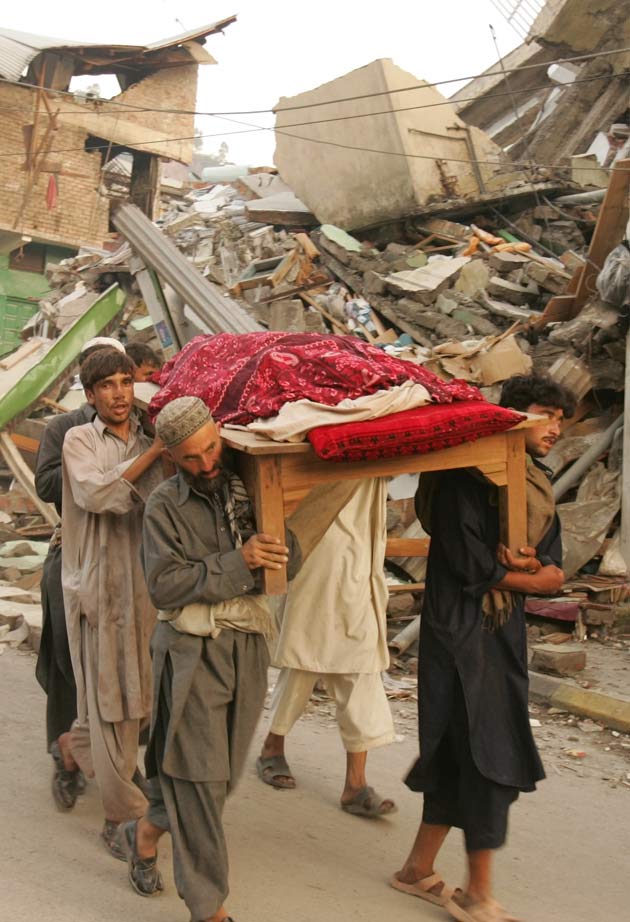Disaster Recovery Raises Life's Toughest Questions

What is a person's life worth? What is a dead body worth?
These questions were being asked in Utah as a sixth and final borehole was drilled into a mountain containing six miners trapped since Aug. 6. All previous attempts to find the missing men had failed, and three rescue miners were killed in a second collapse.
Bob Murray, co-owner of the Crandall Canyon mine, has been criticized by some for not doing more to find the miners. Sonny J. Olsen, a spokesman for the miners' relatives, said, "Regardless if it takes three months to wait for the seismic activity to stop, they want some method to go down and get their families."
The miners' families are understandably anxious to recover their loved ones, and everyone wants the missing men to be found safe and healthy. But as the weeks drag on, realism overtakes optimism.
In some cases, bodies simply cannot be recovered, even when rescuers know exactly where the dead are. Far above the ground, hikers on Mount Everest, the world's tallest non-submerged mountain, regularly climb past the dead on their way to the peak, unfortunate victims of exhaustion, pulmonary edema, or any number of other alpine ailments. The statue-like men and women lay in bleak testament to the dangers of living in the extremes.
The families of the frozen climbers have not abandoned their loved ones; instead they know that recovery can be nearly impossible. The elevation is so high, the conditions so treacherous, that climbers are often barely able to get themselves off the mountain, much less a frozen 200-pound comrade.
The cold hard truth is that the miners, like victims of many disasters, may never be found.
Get the world’s most fascinating discoveries delivered straight to your inbox.
It took weeks for divers to recover the victims of the Aug. 1, 2007, Minneapolis bridge collapse. Hundreds of people in the path of Hurricanes Rita and Katrina are still missing. Even at the World Trade Center, six years after the terrorist attacks, many bodies have never been found despite the most meticulous and thorough recovery effort in history.
As the economic—and, more importantly, the human—toll mounts in the search for the missing miners, closure may come at too high a price.
Benjamin Radford is managing editor of Skeptical Inquirer science magazine. He is author of "Media Mythmakers: How Journalists, Activists, and Advertisers Mislead Us" (2003). This and other books are noted on his website.



